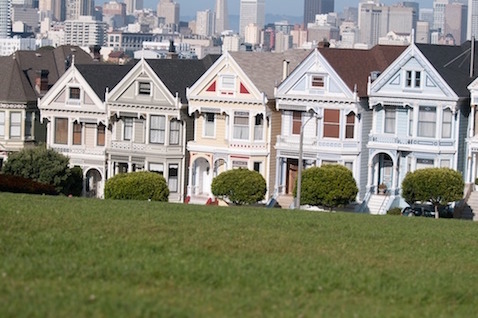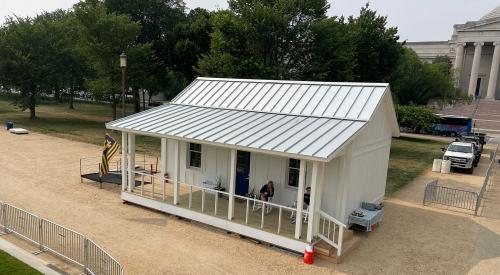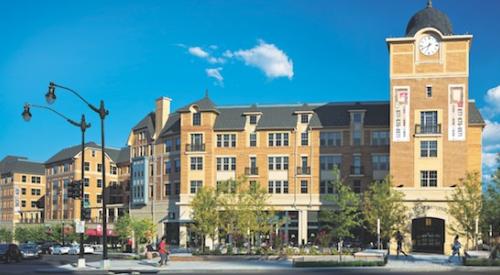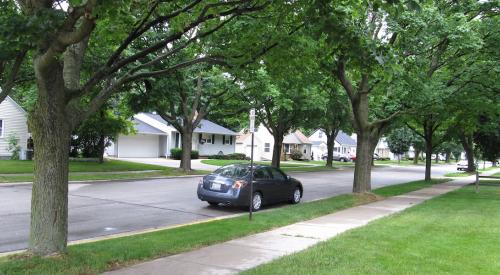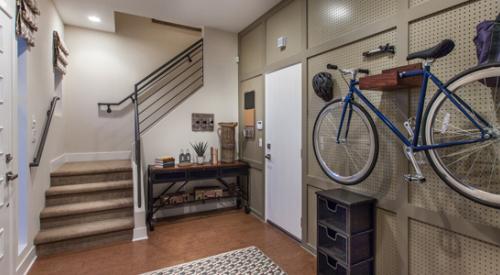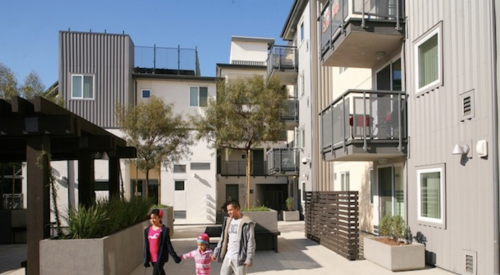Photo: Pixabay
Homeowners in San Francisco and other West-Coast cities are the happiest in the nation, while homeowners in the Midwest and on the East Coast are the least happy, according to HomeAdvisor’s Homeowner Happiness Index. The survey indicates that homeowners are happiest in urban cities with good weather, an active culture and arts scene, and higher income levels.
While not everyone can live on the West Coast, they can live better in communities that provide these three important factors:
- Practical commutes and access to attractions and services;
- Community diversity, safety, and a vibrant neighborhood network; and
- The affordability and comfort of the home itself.
In 2016, HomeAdvisor surveyed nearly 18,000 homeowners in 36 U.S. metro areas and 50 states. The results were used to generate a Happy Home Score that ranks the cities and states, using a proprietary calculation about overall happiness and responses to questions about accessibility, community, and dwelling.
Marianne Cusato, HomeAdvisor’s housing expert and professor of practice at the University of Notre Dame School of Architecture, had this to say about the survey results: “While the [Happy Home Score] reflects an overall score for a city, within that city there typically different neighborhood and community types, which offer a range of characteristics. [For example,] urban can be midtown Manhattan, but also the streetcar suburbs of Charlotte, [N.C.]. Suburban can be the sprawling suburbs of Atlanta or the new town of Stapleton outside Denver.”
According to the survey, the key characteristics of happy communities include ease of getting around without a car (walkability); proximity to daily needs/commute time; and the availability and quality of nearby amenities.
Safety plays a big role in walkability, Cusato says. “In an urban area, [walkability] might mean access by foot or mass transit to shopping, restaurants, and offices. In suburban settings this may mean have neighborhood retail close to home … or connection to a safe bus system. The two key components of walkability are a safe route to walk on and something to walk to.”
Natural features and trees are also important. “Green makes people happy,” she says. “The proximity of even a single tree on a street can raise property values.”
Social connections still matter even though we may have passed the era of walking next door to borrow a cup of sugar, says Cusato. “All too often, the design of our communities creates isolation. The happiest communities facilitate engagement and connection to one another.”
Home-design preferences are subjective and vary greatly by life phase, region, and income level. But at all levels, there are several universal characteristics that influence homeowner happiness:
- Taking pride in the design and style of a home;
- Good natural light; and
- Ample storage and open living areas.
“Respondents stated they wanted enough space for the whole family, including pets,” she says. “Designing a home to live large at any size requires making sure there is storage for clutter and spaces for gathering.”
